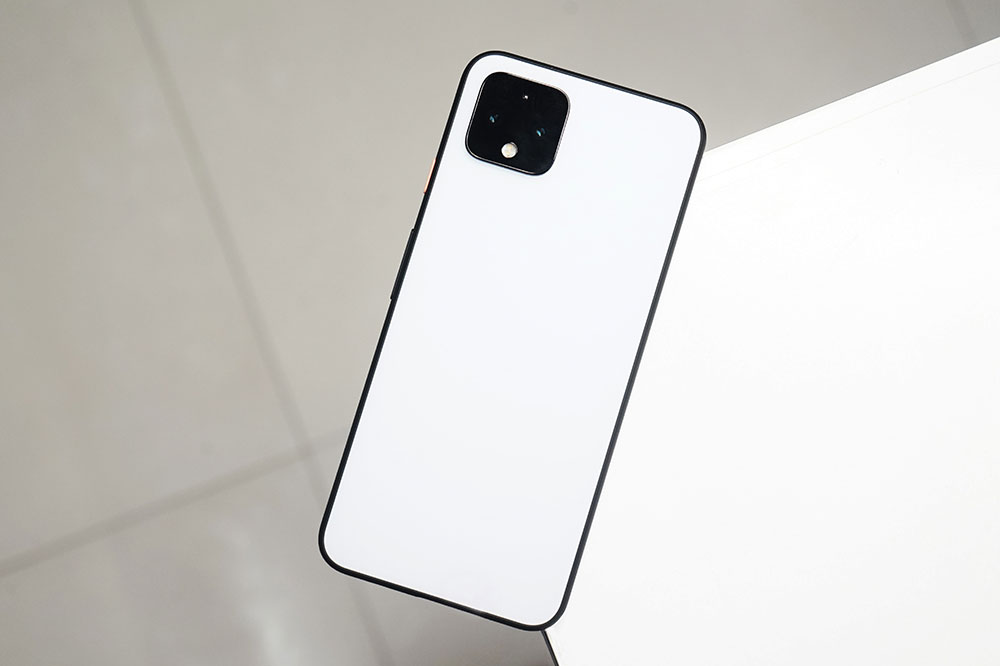Essential Guide to Understanding Unlocked Smartphones
Discover the essentials of unlocked smartphones, including their benefits, how they function with GSM networks, and tips for choosing the right carrier. Learn how unlocked devices offer flexibility and ease when switching providers, and understand the technology behind GSM and CDMA networks for smooth activation. This guide helps consumers make informed decisions about unlocking their phones and selecting suitable plans for their needs.

Understanding Unlocked Smartphones: Key Facts You Should Know
Purchasing an unlocked smartphone gives you flexibility in choosing your wireless provider. After buying one, your next step is to select a carrier that offers reliable coverage to avoid call drops and service issues. Carriers provide various plans tailored to different needs. Pick a plan that aligns with your usage for optimal experience.
What is an Unlocked Phone?
Not long ago, most smartphones were sold locked to a specific carrier. A locked phone ties you to a provider through a contract, typically lasting two years, ensuring the carrier recoups its investment.
This is where unlocked phones differ—they aren’t bound by contracts, giving you the freedom to switch providers at will. An unlocked device can work with multiple carriers, offering greater flexibility.
How Do Unlocked Phones Operate Differently?
Unlocked phones work primarily with GSM networks, which include carriers like AT&T, T-Mobile, and Cricket Wireless. To activate an unlocked GSM phone, simply insert a SIM card from your chosen provider. If you opt for prepaid plans, GSM carriers such as GoPhone and TracFone are compatible options.
Phones are designed based on two main technologies: GSM and CDMA. While unlocked GSM phones can be switched between carriers easily, CDMA-locked devices are restricted to specific networks. Carriers like Verizon and Sprint use CDMA, whereas AT&T and T-Mobile operate on GSM. Knowing your carrier’s technology ensures compatibility before purchasing an unlocked phone. Once you identify your carrier’s frequency band, you can visit a store, insert your SIM, and activate your device seamlessly. Unlocked phones simplify switching carriers and customizing your mobile experience.
Important Note:
Our blog offers diverse, practical information across categories, backed by thorough research. However, articles should not be considered definitive. The editorial team disclaims responsibility for data discrepancies or inaccuracies and acknowledges that some offers or deals may vary or not be covered here. Always verify with your carrier for the latest plans and promotions.










